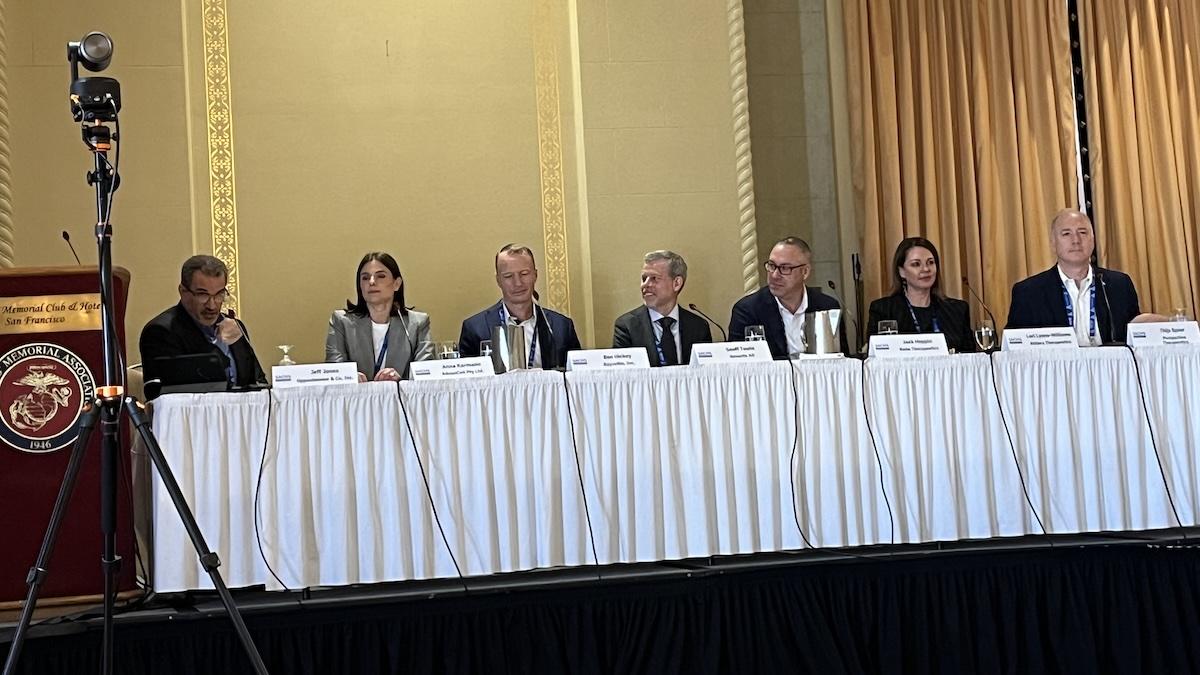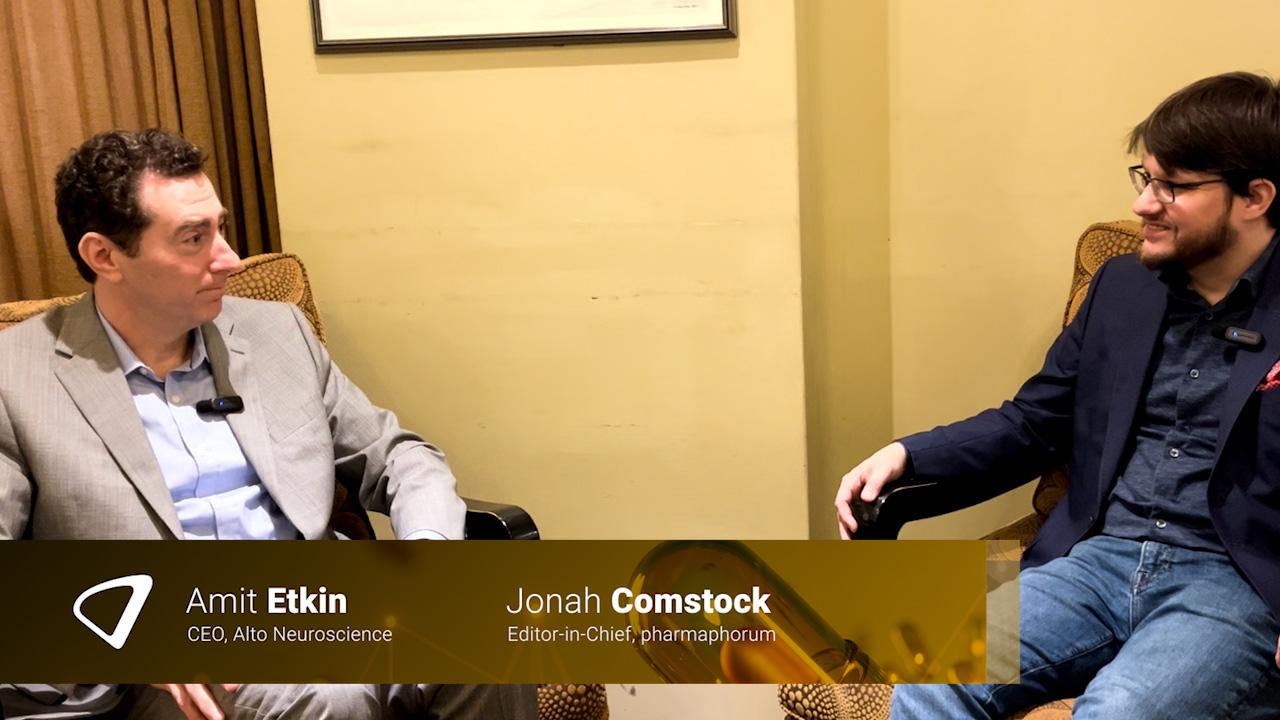The FDA’s Guidance on Labels and Cartons: yet another attack on pharmaceutical trade dress?

The US FDA is currently reviewing its pharmaceutical manufacturing Guidance, after receiving feedback from industry trade groups. What will the new Guidance mean for pharma companies, as well as physicians and patients, once finalized? Brett Heavner, partner at US law firm Finnegan, shares his thoughts in this article for our marketing excellence focus month.
The protection of trade dress for pharmaceutical products has been a controversial subject for many years. Trade dress is the overall look and feel of a product, including the physical attributes of the product's design and / or its packaging. Product-design trade dress in the pharmaceutical field typically focuses on the unique, eye-catching pill colors and shapes that consumers use to identify the brand of the pharmaceutical product. Packaging trade dress would instead focus on the manner in which the manufacturer wraps, labels, boxes or bottles a drug or biologic product including the use of color schemes, size, designs, shapes, and the placement of words or graphics.
Both U.S. courts and the U.S. Patent and Trademark Office have been judicious over the years in granting trade dress protection to pill shapes, only granting such protection when the combinations of a pill's physical attributes are shown to identify the source of the product, and denying such protection when those same physical attributes serve another purpose, such as making the pills more palatable and digestible, or making it easier for consumers to determine the pills' strength. In contrast, pharmaceutical packaging trade dress has generally been easier to protect, and is granted when the combination of packaging color, shape, and format is deemed to be "inherently distinctive" or in some way new or unique. A pharmaceutical company need not show that consumers exclusively associate that packaging design with particular pharmaceutical company to obtain trade dress protection for it.
In recent years, pharmaceutical product design trade dress has been under attack by some healthcare policy makers who blame pharmaceutical trade dress in pill shapes and colors for physician and patient preference for brand-name pharmaceuticals over generics. They are concerned that the generics will not have the same look and feel as the name brand pharmaceuticals originally prescribed, and therefore have argued that pill-shape and color trade dress should be eliminated to encourage the public to switch to less expensive generics.
"The protection of trade dress for pharmaceutical products has been a controversial subject for many years."
Pharmaceutical packaging, however, has largely been spared such attacks and was thought of as a relatively safe way for pharmaceutical companies to distinguish their brands and protect their reputation. However, that may not be true for much longer. Throughout the spring of 2013, the US Food and Drug Administration (FDA) has been seeking comments on a planned publication entitled Guidance for Industry on Safety Considerations for Container Labels and Carton Labeling Design to Minimize Medication Errors. While the purpose of the Guidance is to reduce medication errors due to poor label design, there is some concern that the effect of the Guidance will be to seriously limit the freedom that pharmaceutical companies currently enjoy in designing their product packaging. If so, the Guidance could make it very difficult as a practical matter for pharmaceutical companies to design packaging that is distinctive, new, or unique.
In the Guidance, the FDA posits that poor pharmaceutical label design can contribute to medication errors. To reduce such errors, the FDA seemingly takes a "pro-trade dress" stance by warning against "look-alike" containers and stressing the importance of different looking packages for different medical products. On the other hand, the FDA also accuses some packaging trade dress of making it difficult for healthcare professionals, caregivers and/or patients to readily locate and understand critical safety information. And in fact, then seems to take the opposite stance by telling pharmaceutical companies that they should avoid or minimize the use of corporate trade dress that could make it difficult for end users to distinguish between different medications or different strengths of the same medication.
"In recent years, pharmaceutical product design trade dress has been under attack by some healthcare policy makers..."
For example, the FDA recommends that the container label size should not be too small and should feature text sizes that are easy to read. The Guidance goes so far as to almost dictate a 12-point sans serif font size (such as Arial) to improve readability of pharmaceutical labels. In addition, the FDA seeks to define an acceptable color contrast between the text and the container label background color to afford adequate legibility of the text. Most importantly, the FDA intends to actively discourage the use of logos, bars, stripes, watermark graphics, lines, and symbols on container labels and / or carton labeling because they can distract the reader from important information and add to label clutter. Instead, the Guidance recommends placement of images of tablets and / or capsules on the packaging so patients or caregivers can verify the contents of the container and supposedly reduce medication errors.
While well intentioned, the Guidance appears to be internally inconsistent — insisting that pharmaceutical companies avoid "look alike" packaging, but then denying tools such as logos, stripes, watermarks, and other graphic indicia to create distinctive looking packaging. Further, the FDA does not provide any evidence to support the presumption that manufacture's name and logo create clutter and impact the readability of pharmaceutical labels and packaging. At the very least, the FDA may be introducing restrictions on packaging trade dress that are not necessary to reduce medication errors. For example, it could certainly insist on larger typeface on packaging without limiting the font options that pharmaceutical companies may chose. Similarly, contrasting colors may be required without specifying the particular limited color schemes and combinations that the FDA would find acceptable.
"While well intentioned, the Guidance appears to be internally inconsistent..."
At least one industry trade group, Pharmaceutical Research and Manufacturers of America (PhRMA), suggests that the Guidance might not even be legally enforceable as it raises First Amendment concerns. The trade dress of a package "can be considered a protected form of non-verbal communication" and the Guidance (as currently written) unduly restricts freedom of expression by precluding certain information about a business from appearing on the label or labeling.
The FDA closed the comment period for the draft Guidance on June 24, 2013 and is actively reviewing the submissions by numerous groups, including PhRMA. There is currently no set deadline by which the FDA will make its final changes to the draft Guidance. Should the Guidance retain the restrictive provisions outlined above, pharmaceutical manufacturers may be required to re-think their branding strategies with respect to their product packaging and labeling. If the parallel policy attacks on pharmaceutical pill shape and color also succeed, pharmaceutical manufacturers may face serious difficulties in promoting their products to physicians and patients in the future.
About the author:
B. Brett Heavner is a partner at Finnegan, Henderson, Farabow, Garrett & Dunner, LLP. Mr. Heavner has a diverse practice that includes all aspects of trademark and unfair competition law, with a particular emphasis on trademark infringement, counterfeiting, and false advertising litigation. His range of clients includes pharmaceutical companies, medical device manufacturers, banking and financial services institutions, major trade associations, food product companies, petroleum exploration and refining companies, and certification / quality testing organizations.
Mr. Heavner can be reached at 202.408.4073 or b.brett.heavner@finnegan.com.
How can pharma manufacturers overcome the challenges associated with the US FDA's new Guidance?











